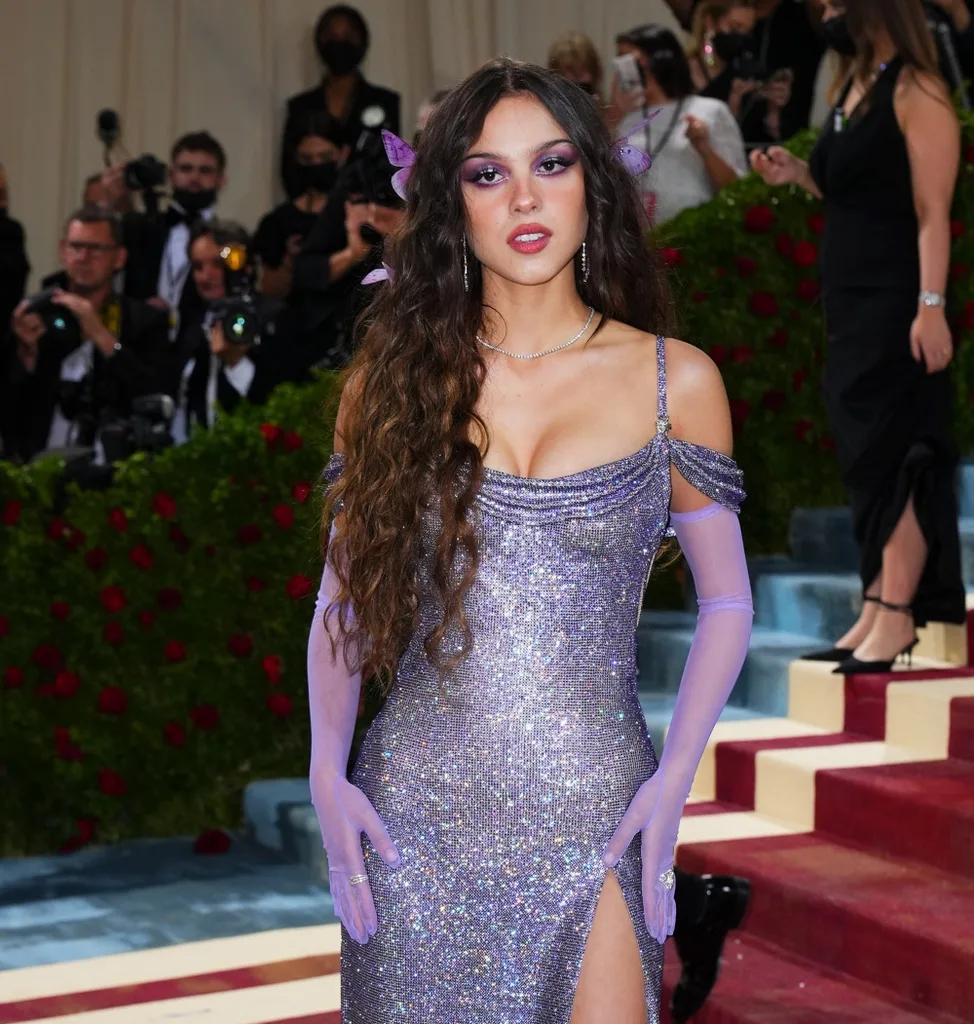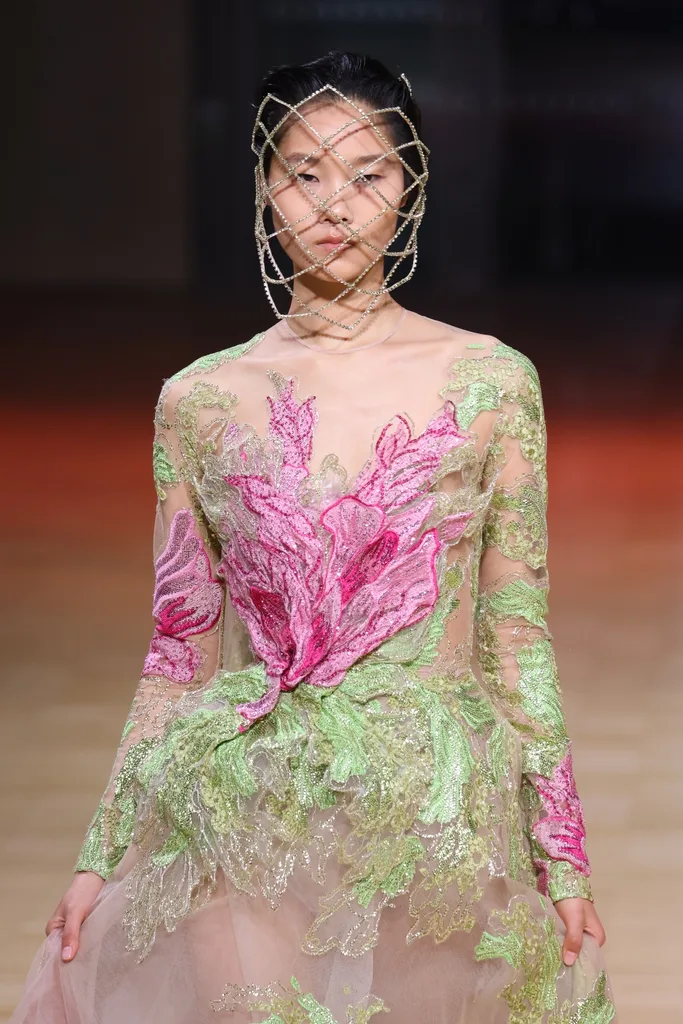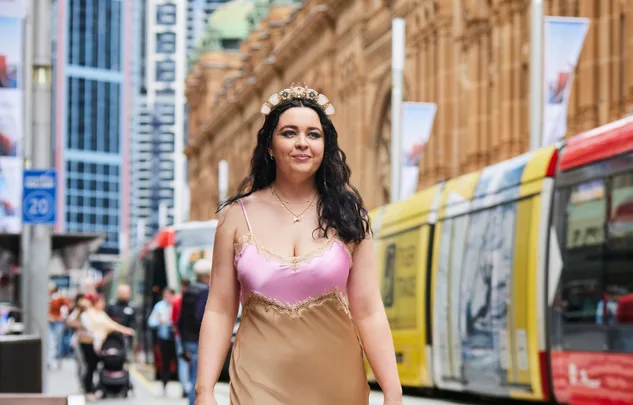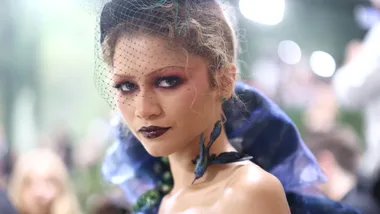Each day, after the bustle of office workers pool into their corporate towers and baristas let out their last steam, something magical happens. Under the mask of a sleepy off-peak morning in Sydney’s CBD, the city casts its spell.

On the corner of Hyde Park, a cluster of old men dance with oversized chess pieces, a street artist paints flowers in bloom, and a woman sings softly into a fountain, like a siren to the sea. No, I haven’t laced my morning coffee with mushrooms, although, as I flitter past Town Hall in a flower crown and an ethereal slip dress, I’m sure I fit the part of a microdosing maniac.
When my features editor first floated the idea of a “fairycore” fashion challenge, I jumped at the opportunity. My life had been devoid of any magic or mystical enchantment, so an outlet for escapism sounded like the perfect antidote.
I’d long been intrigued by the eccentric internet subcultures shaping fashion. From the Y2K revival to Dark Academia, E-Girls to the slew of micro “cores”, TikTok trends have successfully infiltrated fashion’s vernacular. While sartorial purists may argue a lack of longevity and substance, for the true adopters “core” isn’t just the new chic, it’s a way of being.
After spending a week immersed in the whimsical world of #fairycore, I too was spellbound. Online I discovered a refuge of women indulging in the fantasy, sporting butterfly-embellished waves, faux freckles and dreamy pastel dresses. It was a retreat from the weight of the world and I welcomed it.
To understand the fantasy genre’s grip on women, you only need look as far as the culture. Sitting at the top of bestseller lists worldwide is the cult adult fantasy series A Court of Thorns and Roses. The books, which are set in a fairy world, have sold millions of copies and are published in dozens of languages.

In the past six months, fantasy films and TV shows such as Hocus Pocus, Avatar and Game of Thrones have been rebooted and reimagined by popular demand. And online, the beloved fantasy romance Twilight has found a second life among Generation Z creators, with the hashtag #fantasy reaching more than 9.5 billion views on TikTok, while #fairy has 6.4 billion.
A large part of the allure of fantasy is the opportunity to romanticise the everyday. And as I moved about the city, I too felt enchanted by the possibilities. When you’re a child, the world offers an endless supply of imagination. Rocks can be pets, the floor is lava and your backyard is a jungle. Fairycore reignites that feeling.
A couple of weeks after completing this challenge, my dad passed away suddenly. Sorting through my belongings, I came across a copy of The Year of Magical Thinking by Joan Didion, about the period of unfolding thoughts after her husband’s unexpected death. As I stood looking at the book’s cover, it hit me. This is what fairycore is about. It’s not about pixie ears and fairy wings or Euphoria-style makeup and whimsical dresses. It’s not about creating a fantasy or escaping your problems. It’s about finding the joy and wonder in the darkness. It’s about magical thinking.
This story originally appeared in the January issue of marie claire.










